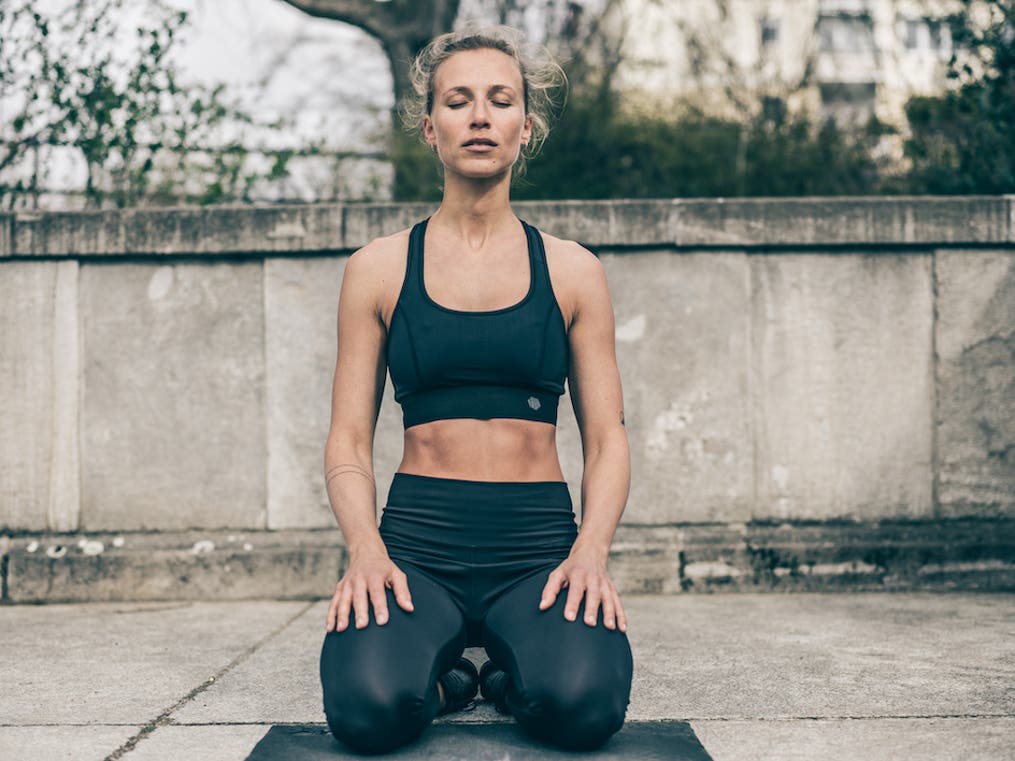Planking is one of the most straightforward, yet efficient core exercises out there. You can do it anywhere, anytime. Standard plank, side plank, high plank etc. You don’t need specific workout gear and all it takes is 5 minutes max. Wondering how something so simple can be so efficient? It’s hard to believe, but take our word for it, planking will develop your resistance to fatigue like almost no other exercise. Here’s how:
Which muscles are affected by the plank exercise?
Planking strengthens your whole body, especially the core, including muscles in your back, legs, hips, glutes, shoulders and chest. The longer you can hold the plank, the higher your resistance to fatigue gets. On top of that it might help improve your posture, reduces back pain and boosts your performance in every kind of sporting activity.

How to plank
Place the forearms on the ground with the elbows below the shoulders, and arms parallel to the body. If flat palms bother your wrists, clasp your hands together. Fix a point between your hands with your gaze. Your knees and hips are fully extended. Now for the most important part – your core. Your core has to be fully engaged. Imagine pulling in your belly button whilst breathing out. That also helps to tighten your glutes, which are very active in the plank position as well. Make sure your body forms a straight line from head to heels.
Have you fallen foul of these Plank mistakes?
Body not in a straight line
Either your glutes are raised too high or your hips sink to the ground. Both are signs of a weak core and by doing this, you are reducing the effectiveness of the exercise.
Wrong head posture
Keep your head in a neutral position to extend your spine and keep it straight. Fix a spot on the floor a few inches in front of you to make sure that you don’t crane your neck up or drop your head down to the chest.
Arched back
If your upper body drops down, your shoulders are inactive and without tension. This mistake can lead to lower back pain. Imagine holding one straight line from your shoulders to your feet and don’t forget to squeeze your glutes – this is always very important.
Bent knees
Through bent knees you give your glutes a break and loosen tension in the body, reducing the effectiveness of the exercise. Straighten your legs and pull your kneecaps up your thighs to support your hips and maintain proper form.
Let's recap:
Always make sure to maintain proper Plank form to prevent injuries. If the exercise is new to you, just start with holding it for several seconds and slowly level up your time.